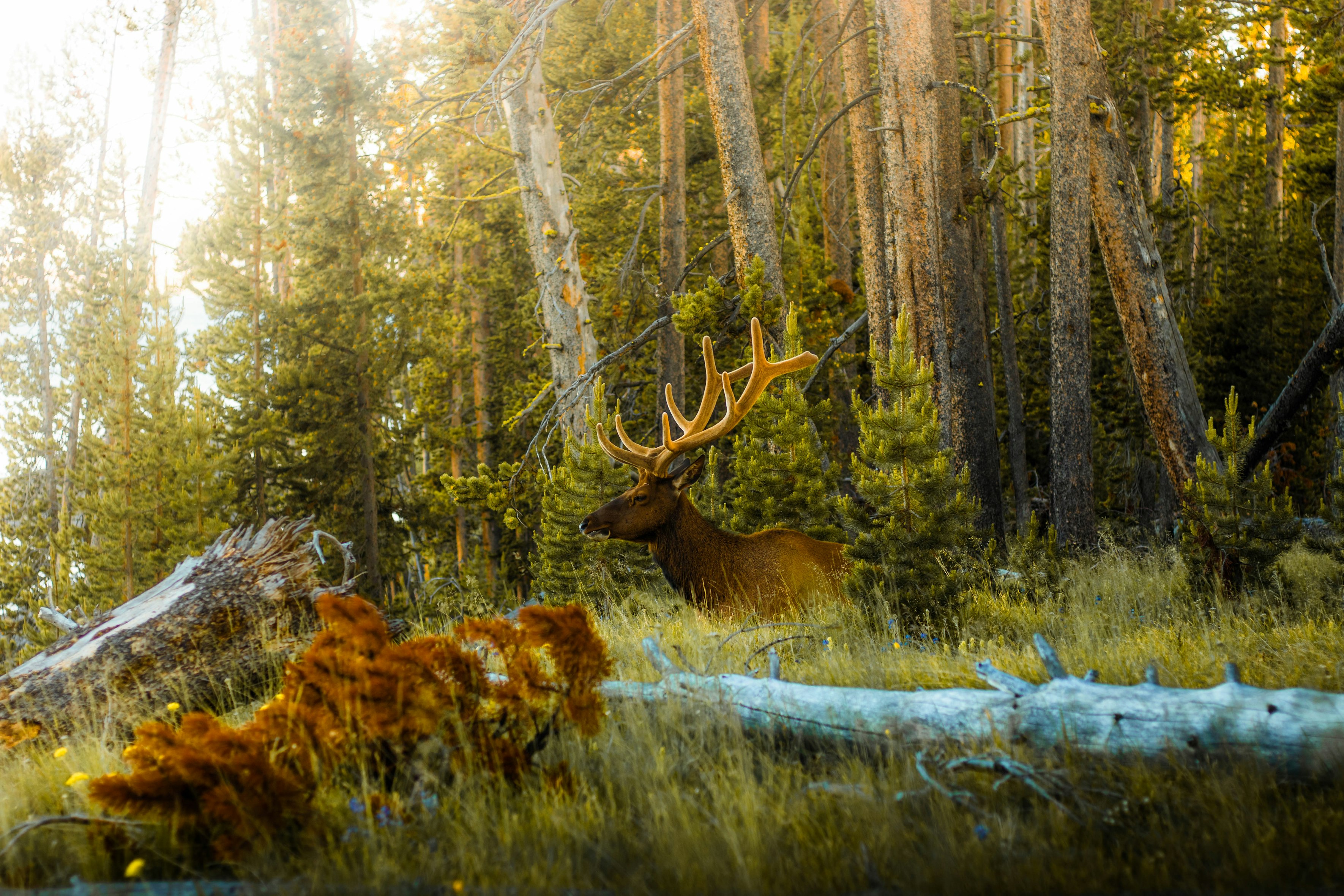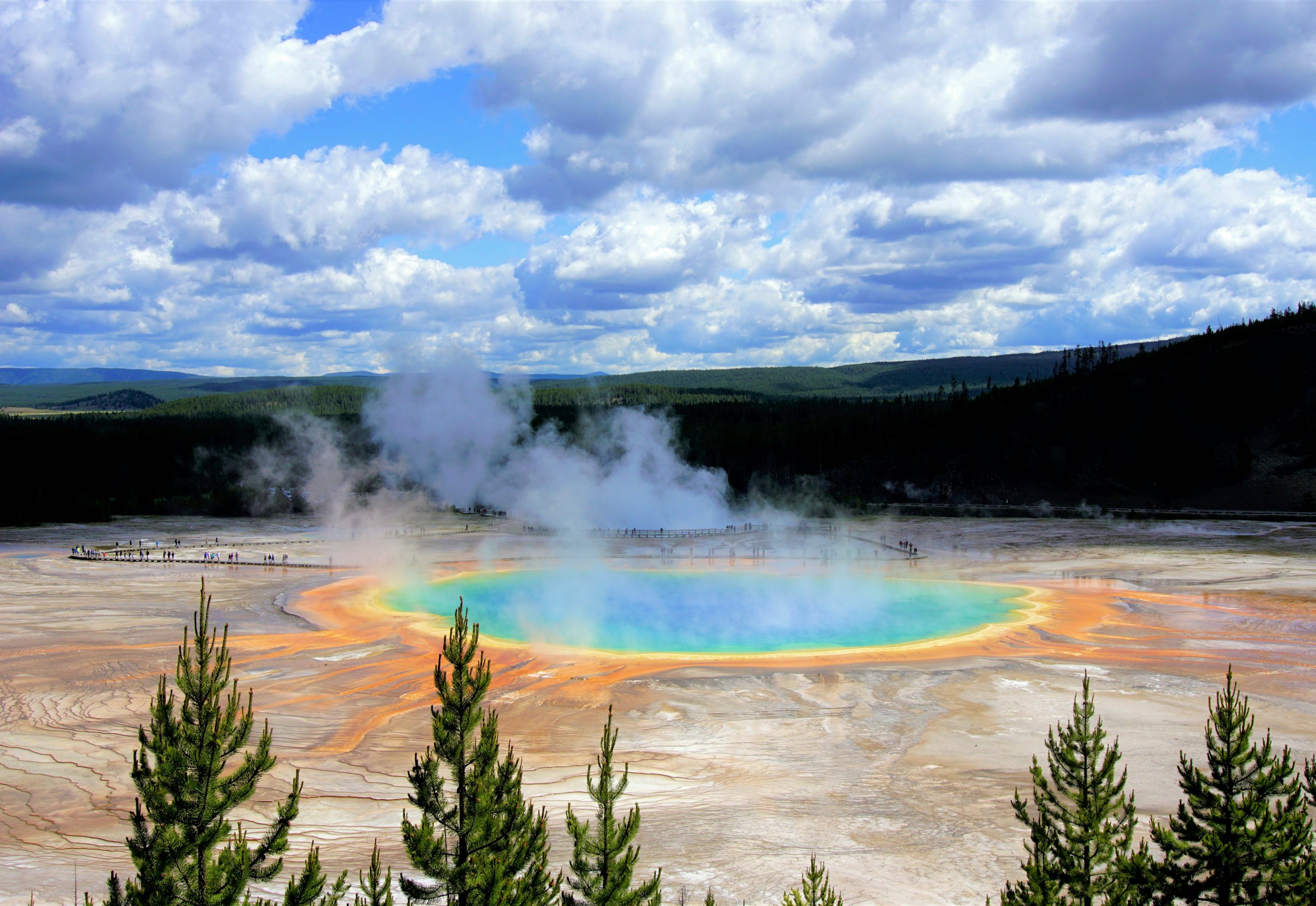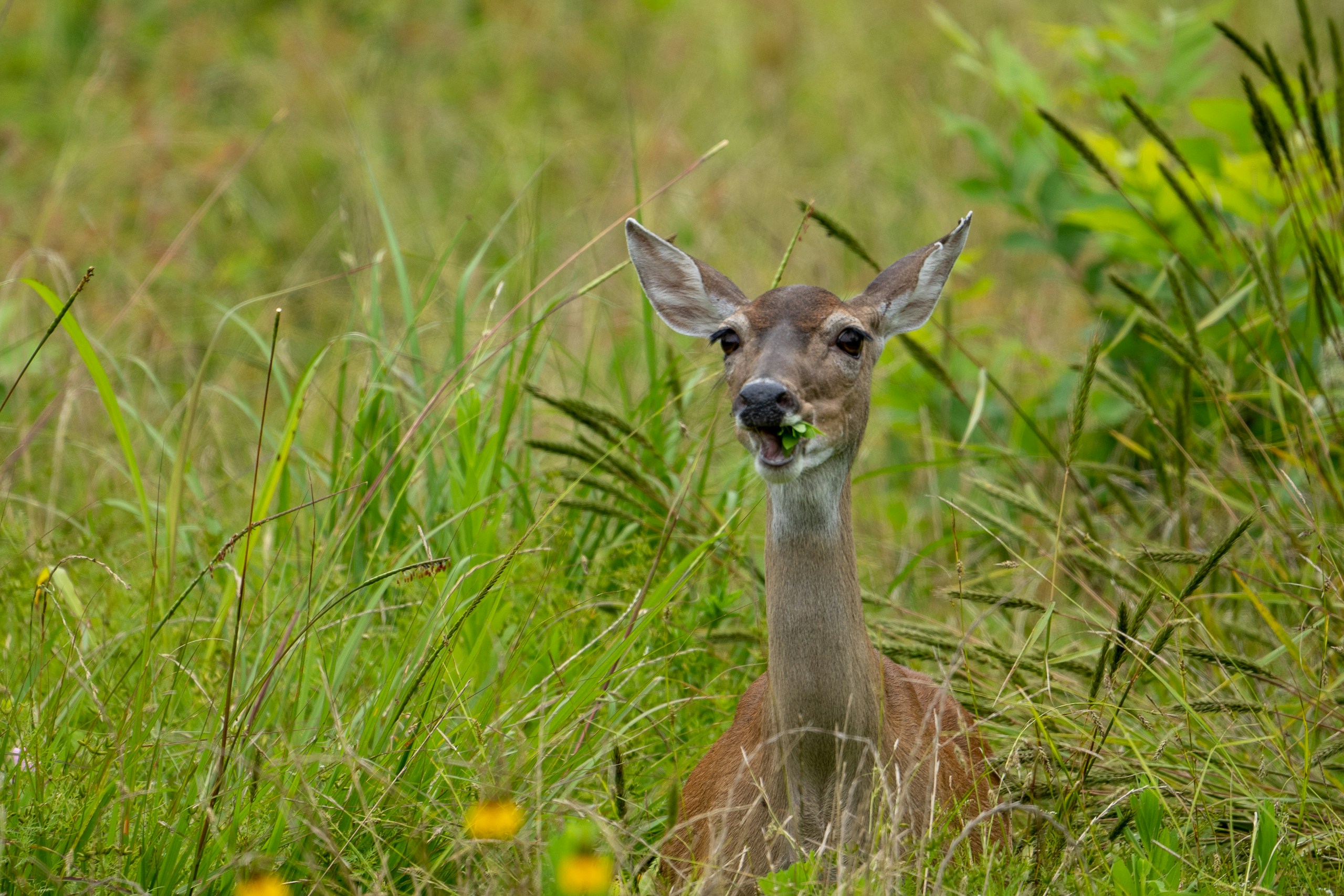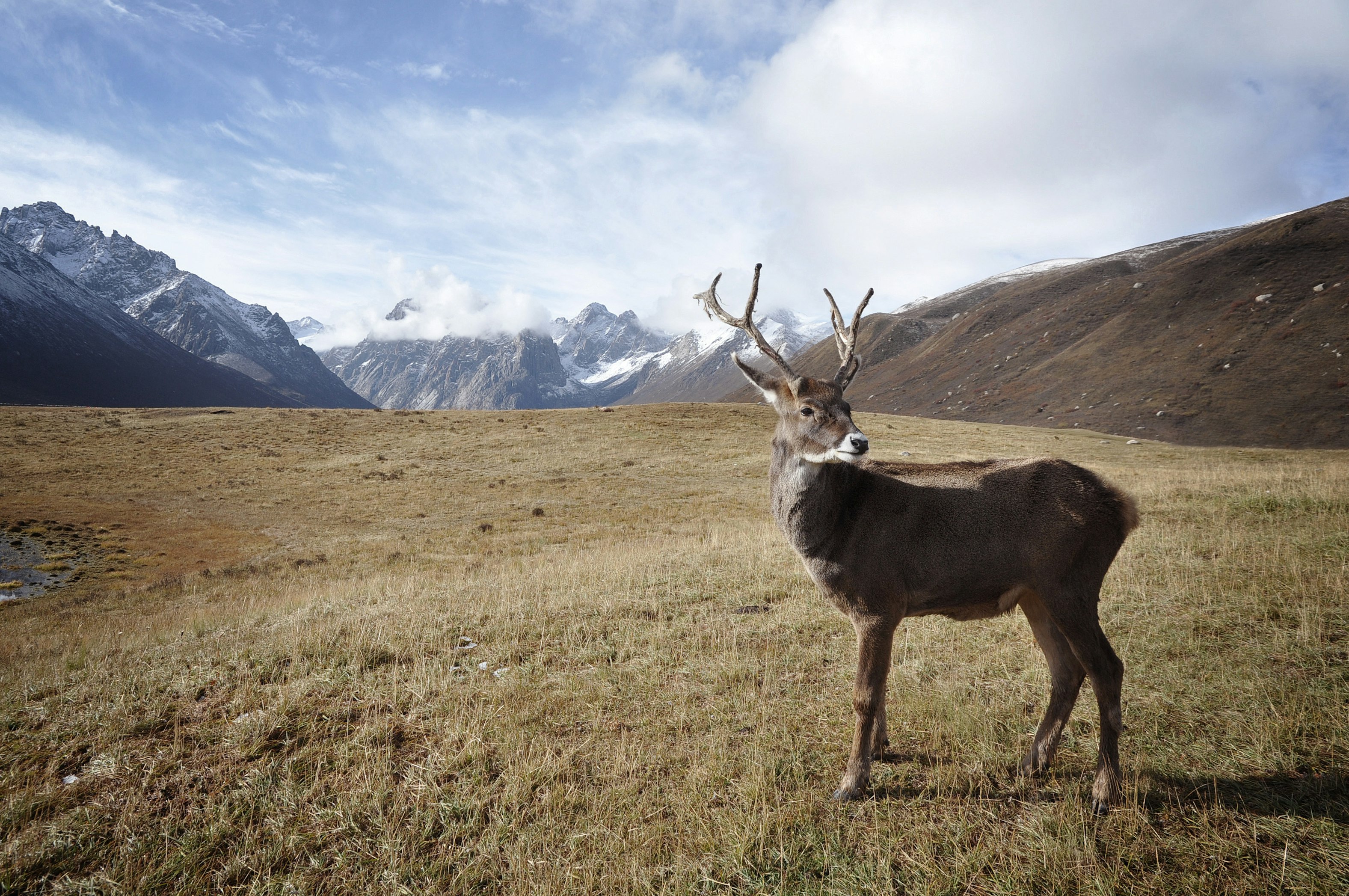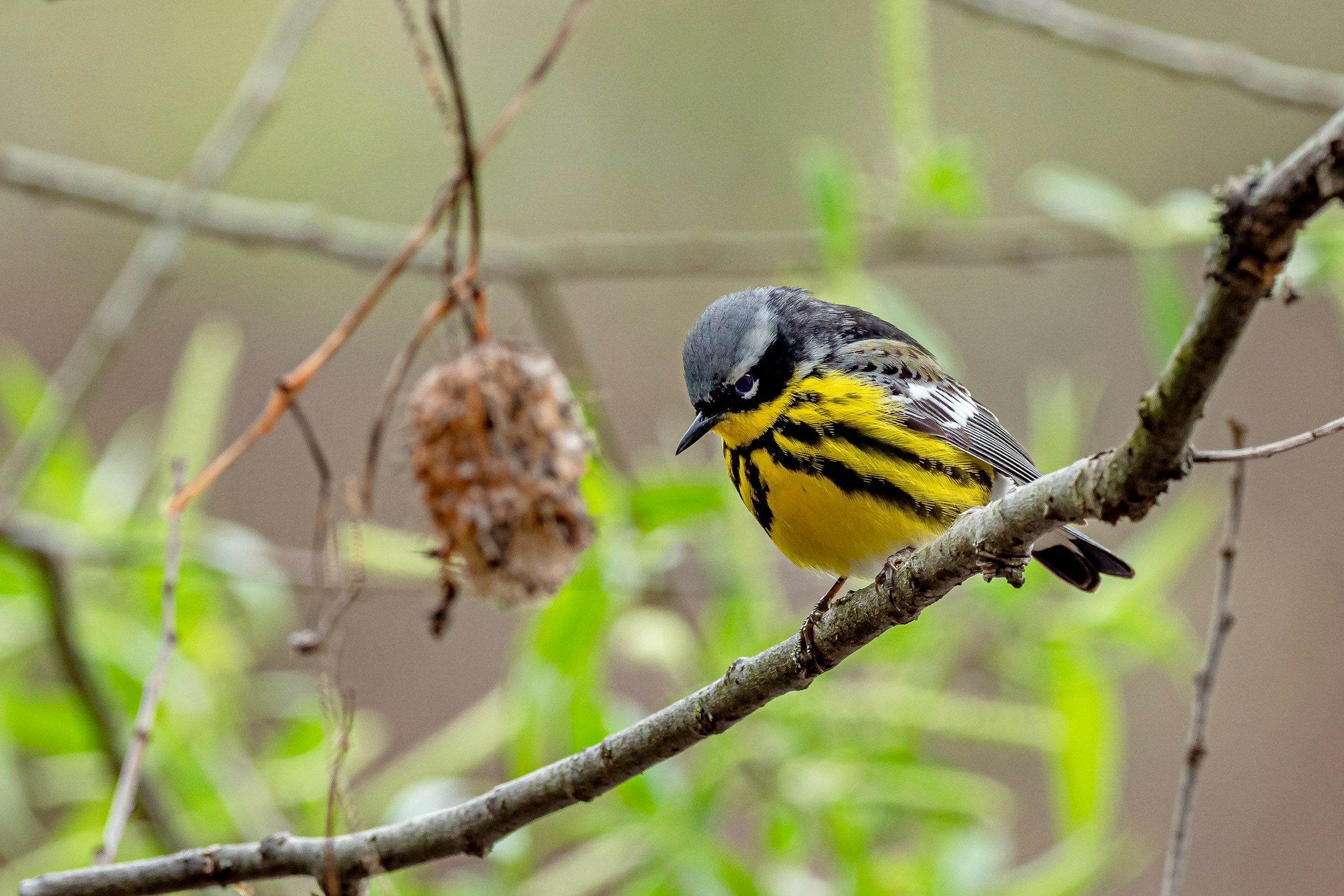Managing Resources. Provoking Thought.
Ranchers. Entrepreneurs. Environmentalists. Increasing biodiversity for a better ranch—and a better tomorrow.
Get Started
Experience from the high deserts of Texas to the Rocky Mountain West.
For 20 years, our family owned and managed Circle Ranch, 32,000 acres of high desert located in the Sierra Diablo Mountains of far-West Texas. Our goal? Leaving the land more diverse, and therefore healthier, than we found it.
We steward the resources in our care by considering delicate ecosystems as a whole. Looking at the big picture allows us to improve the land, the water and the wildlife in concert.
The hard-earned lessons of West Texas apply to the Rocky Mountain West.
Welcome to Pitchstone Waters, our newest living laboratory. Increasing biodiversity requires equal parts perspiration and inspiration. Join us as we manage the resources within our fence lines, but think beyond the box.
Our Philosophy: wildlife and habitat only prosper when their ecosystem is in balance.
First at Circle Ranch and now at Pitchstone Waters, we manage by maximizing biodiversity. It’s good for production, it’s good for the bottom line and it’s good for the planet. In our world, we don’t label a species “good” or “bad.” We’ve come to understand all species can play a role in a healthy environment if—and it’s a big if—they are in balance.
Read our story
Our Resources: the objective of biodiversity conservation is to maintain viable native animal and plant populations of all kind.
The complex issue of biodiversity encompasses virtually all plants and animals at genetic, species, community, and landscape scales. We provide resources and our working insights on the topic across the following areas.
Read our story
Read More
Dig into our thoughts and our collection of articles and resources focused on biodiversity.

